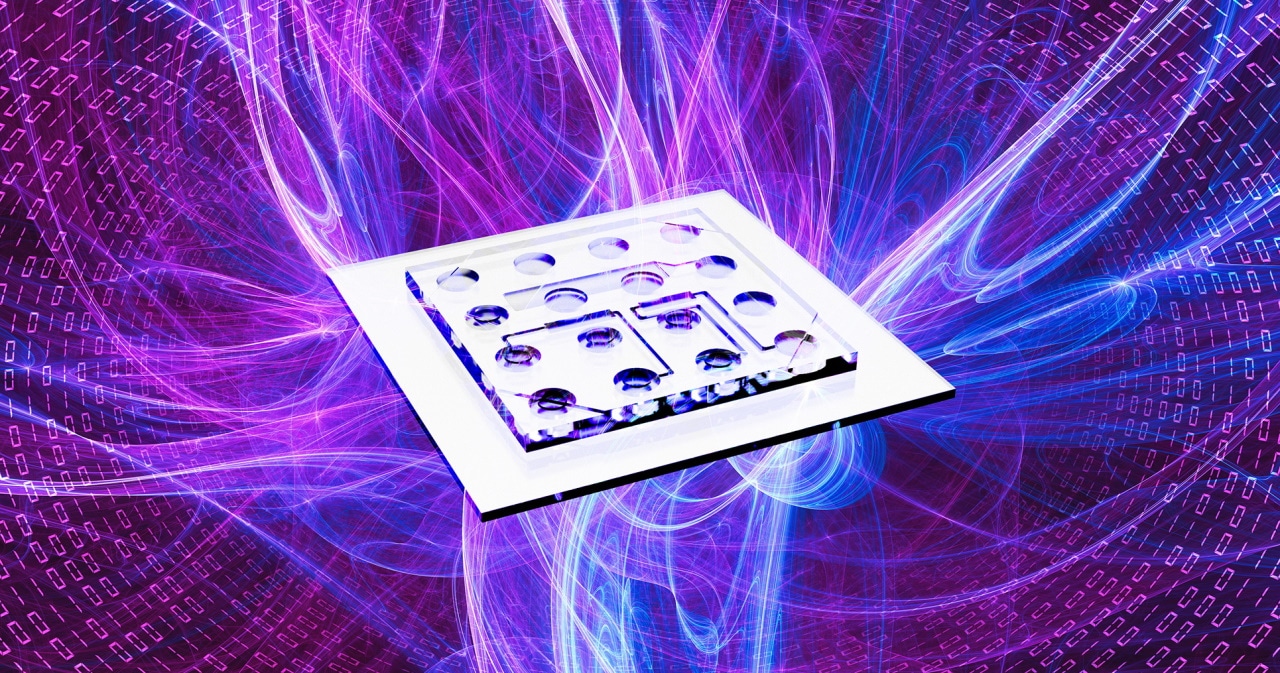When colleagues told Sally Epstein they sped up image processing by three orders of magnitude for a client’s brain-on-a-chip technology, she responded like any trained scientist. Go back and check your work, the biomedical engineering Ph.D. told them.
Yet it was true. The handful of researchers at Cambridge Consultants had devised a basket of techniques to process an image on GPUs in an NVIDIA DGX-1 system in 300 milliseconds, a 3,000x boost over the 18 minutes the task took on an Intel Core i9 CPU.
The achievement makes it possible for researchers to essentially watch movies of neurons firing in real time using the brain-on-a-chip technology from NETRI, a French startup.
“Animal studies revolutionized medicine. This is the next step in testing for areas like discovering new drugs,” said Epstein, head of Strategic Technology at Cambridge Consultants, which develops products and technologies for a wide variety of established companies and startups such as NETRI.
The startup designs chips that sport 3D microfluidic channels to host neural tissues and a CMOS camera sensor with polarizing filters to detect individual neurons firing. It hopes its precision imaging can speed the development of novel treatments for neurological disorders such as Alzheimer’s disease.
Facing a Computational Bottleneck
NETRI’s chips generate 100-megapixel images at up to 1,000 frames per second — the equivalent of a hundred 4K gaming systems running at 120fps. Besides spawning tons of data, they use highly complex math.
As a result, processing a single second of a recording took NETRI 12 days, an unacceptable delay. So, the startup turned to Cambridge Consultants to bust through the bottleneck.
“Our track record in scientific and biological imaging turned out to be very relevant,” said Monty Barlow, Director of Strategic Technology at Cambridge Consultants. And when NETRI heard about the 3,000x boost, “they trusted us even though we didn’t trust ourselves at first,” he quipped.
Leveraging Math, Algorithms and GPUs
A handful of specialists at Cambridge Consultants delivered the 3,000x speedup using multiple techniques. For example, math and algorithm experts employed a mix of Gaussian filters, multivariate calculus and other tools to eliminate redundant tasks and reduce peak RAM requirements.
Software developers migrated NETRI’s Python code to CuPy to take advantage of the massive parallelism of NVIDIA’s CUDA software. And hardware specialists optimized the code to fit into GPU memory, eliminating unnecessary data transfers inside the DGX-1.
The CUDA profiler helped find bottlenecks in NETRI’s code and alternatives to resolve them. “NVIDIA gave us the tools to execute this work efficiently — it happened within a week with a core team of four researchers and a few specialists,” said Epstein.
Looking ahead, Cambridge Consultants expects to find further speedups for the code using the DGX-1 that could enable real-time manipulation of neurons using a laser. Researchers also aim to explore NVIDIA IndeX software to help visualize neural activity.
The work with NETRI is one of several DGX-1 applications at the company. It also hosts a Digital Greenhouse for AI research. Last year, it used the DGX-1 to create a low-cost but highly accurate tool for monitoring tuberculosis.
